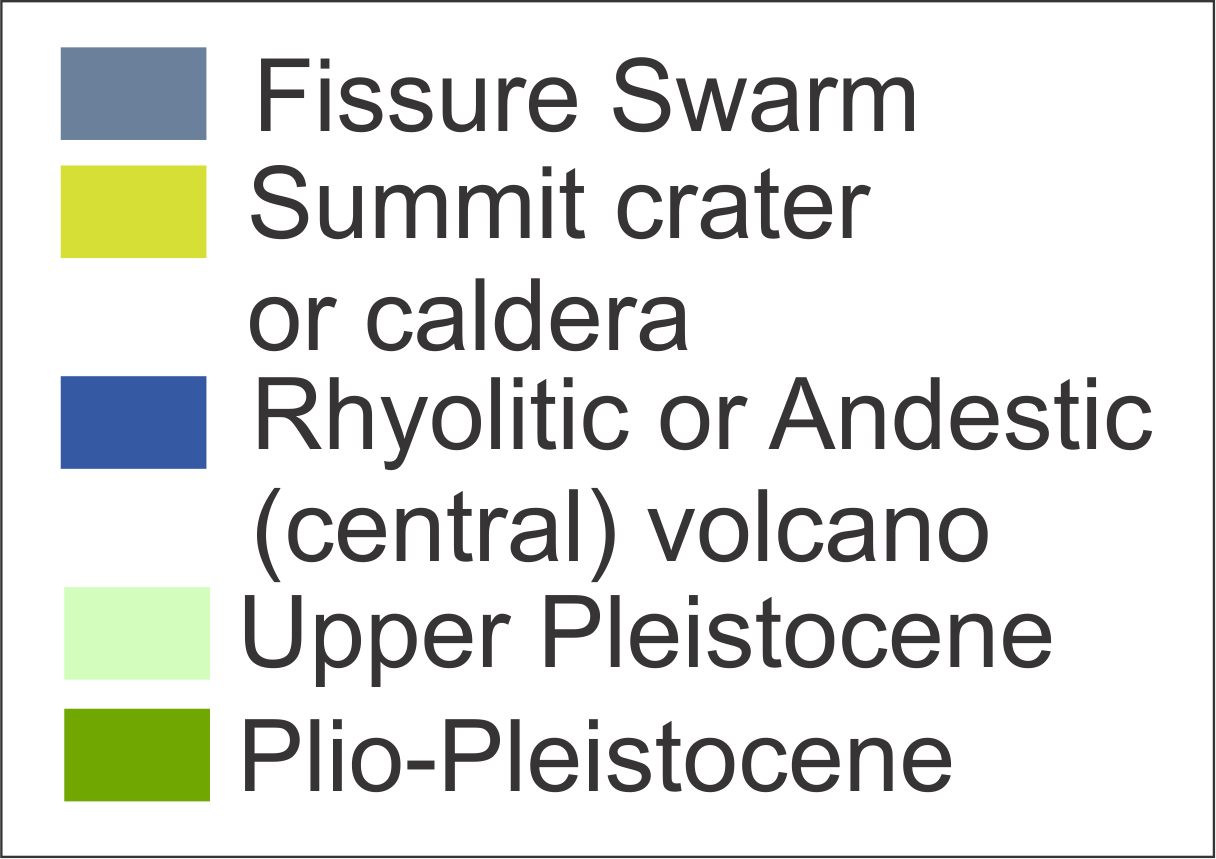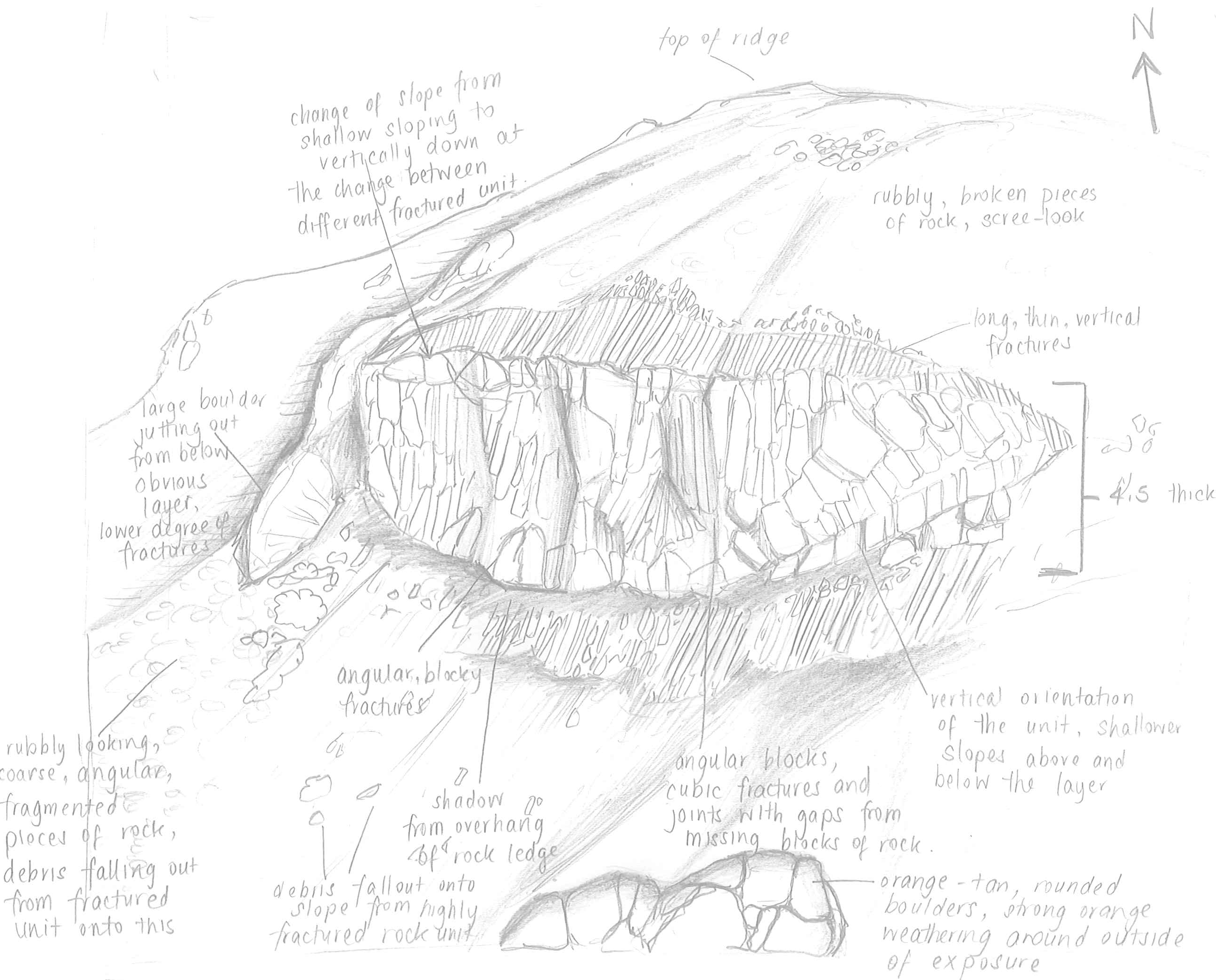Can you find Krafla on the map?
Use the information that you learnt from the previous video to locate Krafla on the map. You might find that the volcanics and tectonics maps might be useful to locate yourself, just click on the buttons to activate them. You can also make Google maps fullscreen by clicking the button in the top right corner. There is a transparency slider in the bottom left. If the legend gets in the way, just click on it and it should disappear! You can always make it come back by clicking the 'Show legend' button.




